When Should You Mulch in Fall – and How to Do It Right for a Healthier Garden Next Year
Autumn is a great time to mulch, but it can be detrimental for certain plants. Explore these fall mulching tips to keep plants happy.
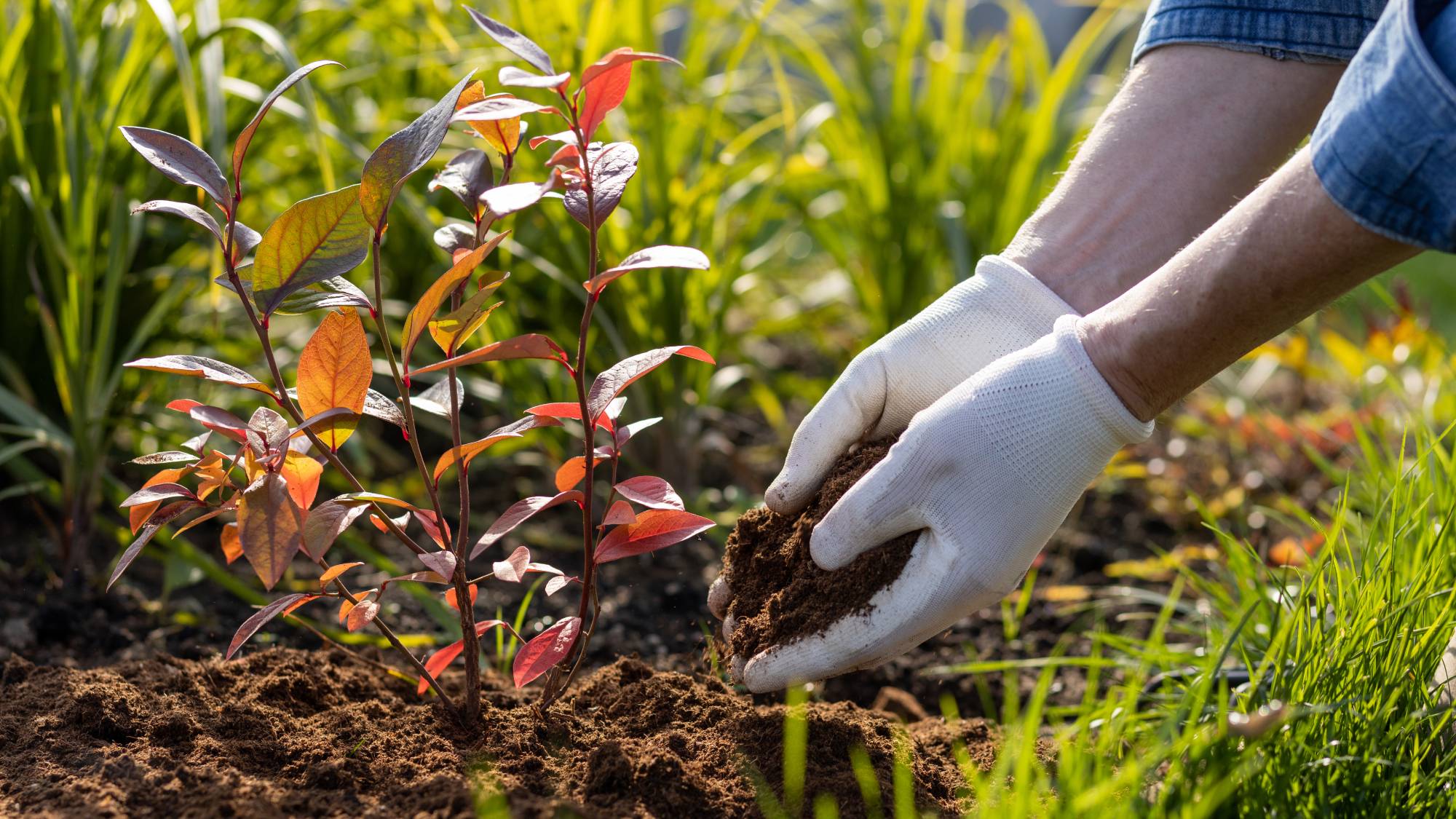

Kim Stoddart
Many people mulch their garden beds in the spring to keep weeds down, keep moisture in, and make their landscape pop. Mulching is one of the most beneficial garden tasks, but can you mulch in the fall?
While you can mulch year round, mulching in the fall has added benefits, but some downsides for certain plants. So maybe the better question is not “Can you mulch in fall?" but “Should you mulch in the fall?”
Let's explore the pros and cons of mulching in the autumn and cover some fall mulching tips.
Benefits Of Mulching In Fall
A variety of organic materials can be used to mulch in the fall, such as wood chips, pine needles, bark, straw, or perhaps the cheapest and most plentiful (if your landscape has trees) is shredded leaves. Most people rake up the fallen leaves anyway so why not put them to work over the winter months?
How does mulching benefit your garden? During warm weather, mulching your landscape helps retain moisture in the soil and protects roots from heat. It helps control weeds and reduces the incidence of soil-borne diseases.
In the fall, a good 2-3 inch (5-8 cm) layer of mulch acts like a cozy blanket, protecting plant roots from extreme temperature changes in the soil.
That layer of mulch will also break down as temperatures warm, adding in some organic matter and lots of microbes effectively and inexpensively plumping up your soil nutrients.
Sign up for the Gardening Know How newsletter today and receive a free copy of our e-book "How to Grow Delicious Tomatoes".
Fall mulch also suppresses weed seed growth, reducing the number of weeds you’ll need to battle in the spring.
Problems With Mulching in the Fall
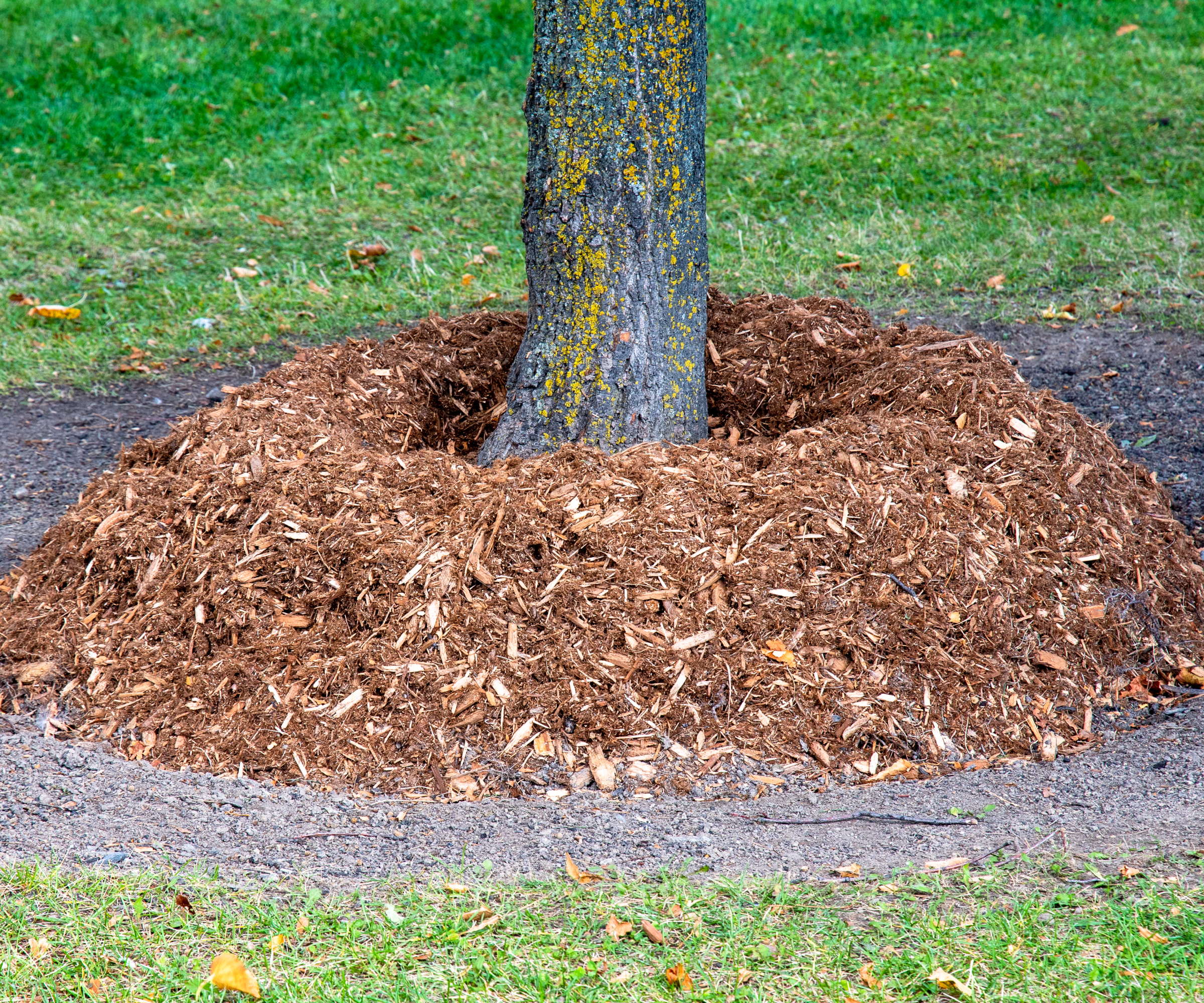
With every pro, there seems to be a con and this is true of fall mulching. For the most part, fall mulching is a positive process, but it can have some detrimental effects.
Just as it can suppress weed seeds, fall mulch can also suppress seeds from self-sowing perennials. Mulch laid in the fall can trap moisture and foment fungal diseases, although this is more common with heavy mulches like wood chips. Ideally, you should weed the area to be mulched in the fall prior to laying the mulch. But this might be more of a chore than some people desire.
Avoid volcano mulching. This is when you mound the mulch up and around the trunk of a tree in a sort of “volcano”. This keeps the trunk constantly moist which increases the incidence of fungal diseases and the presence of some types of insects like carpenter ants. Be sure to keep the mulch away from the trunks of trees and woody plants and don’t lay it more than 4 inches (10 cm) deep.
Lastly, depending on the mulch you choose to use, you may need to remove or replace the mulch in the spring as temps warm and plants begin to sprout.
Timing
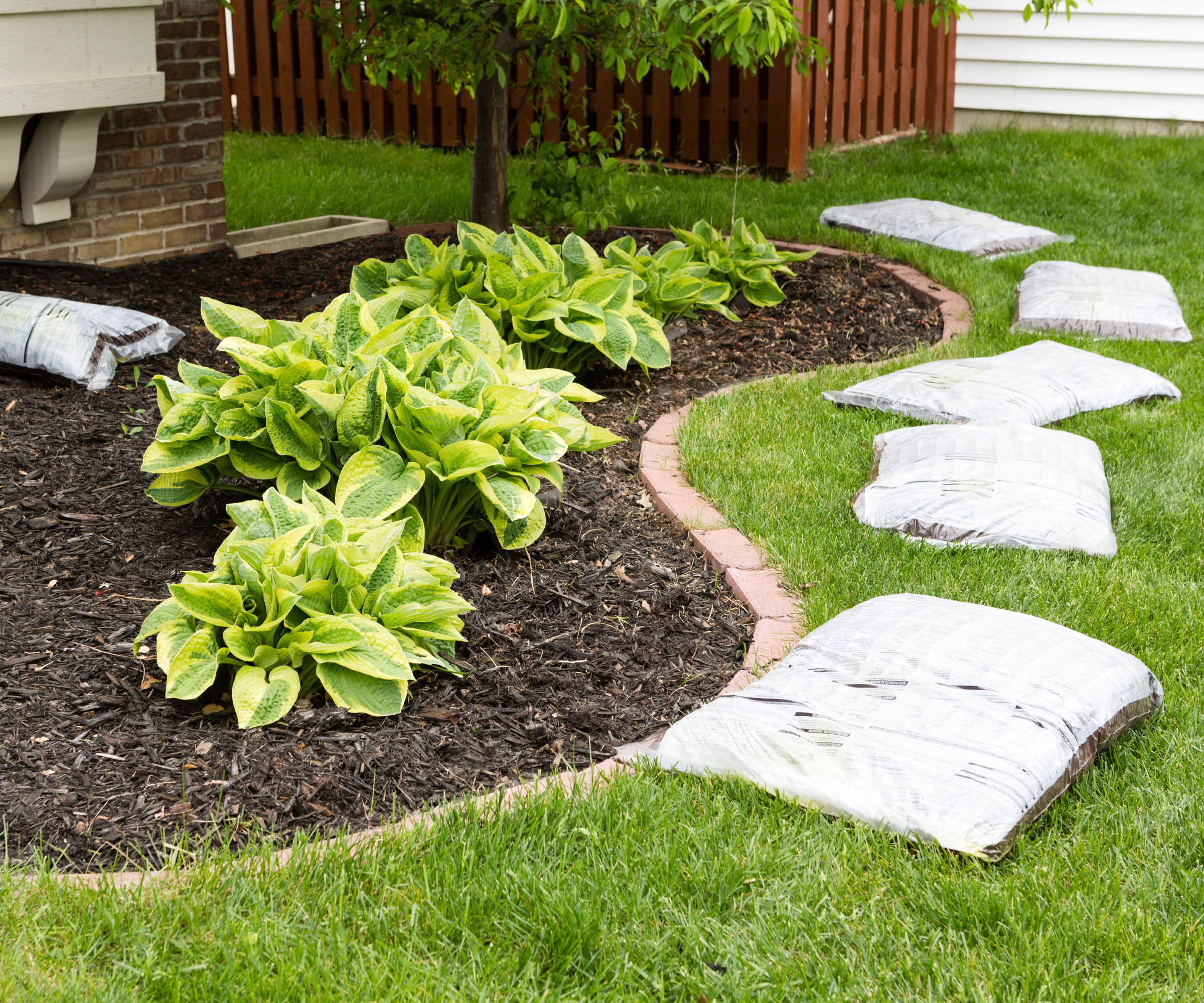
So you’ve decided to give fall mulching a try, but exactly when should you mulch? Again you can mulch any time of the year, but in the fall , plan to mulch just as or soon after the plants enter dormancy.
If you apply the mulch too early, you risk delaying dormancy which in turn increases the risk of cold injury. Applying mulch too early can also encourage rodent habitation as they search for a winter home. Make sure to wait until plants have gone dormant before mulching. Spread a nice thick layer of mulch around your plants quickly and easily with this bow rake from Amazon.
Tips For Fall Mulching
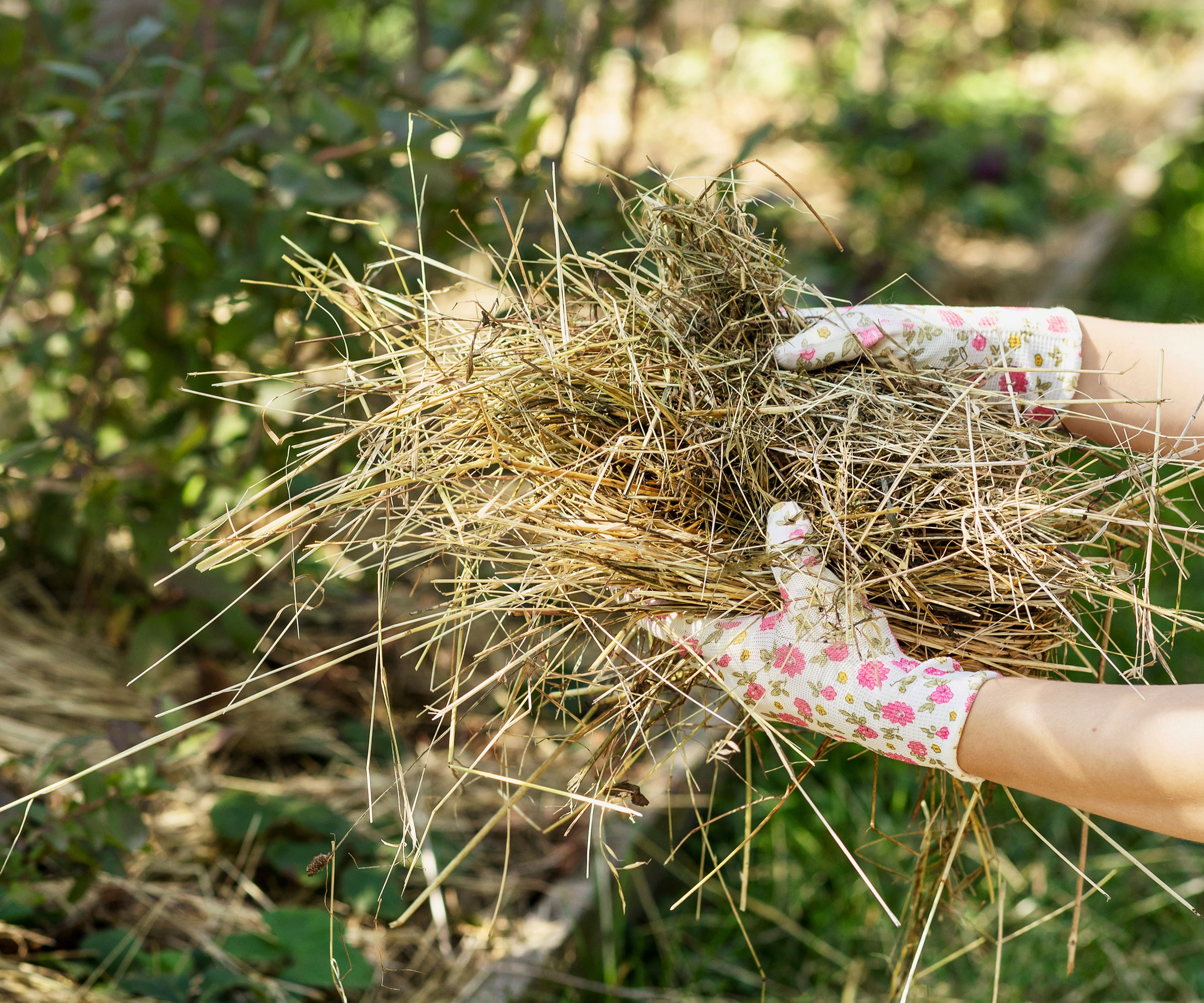
- You can use almost any organic mulch material to mulch in the fall, but lighter weight organics work best. Heavier mulches like wood chips or pine straw become dense piles with no aeration which can lead to fungal diseases. Plus they don’t break down as well as, say, leaf mulch.
- If you do use leaves, shred them first with your lawn mower. That way, they will decompose more quickly.
- You can also use straw as mulch for vegetables and strawberries, but make sure it is weed free. Compost it for a year to kill off any weed seeds.
- Bark mulches such as fir, shredded cedar, redwood, or mahogany chips will do the job and are all more ornamental in appearance. Organic bark mulch from Back to the Roots can be found on Amazon and is an editor favorite.
- Pine needles provide great insulation but they don't degrade quickly so need to be removed in the late winter.
- Grass clippings can be used as mulch, but they are more likely to mat down and lack aeration which can foster fungal diseases.
- You can also use inorganic mulches like rubber, gravel, stone or landscape fabric. These will not break down however, which depending upon your needs, may be a good or bad thing. Landscape fabric isn't sustainable and acts as a barrier for nutrients to go back into the soil.
Plants You Shouldn’t Mulch In Fall
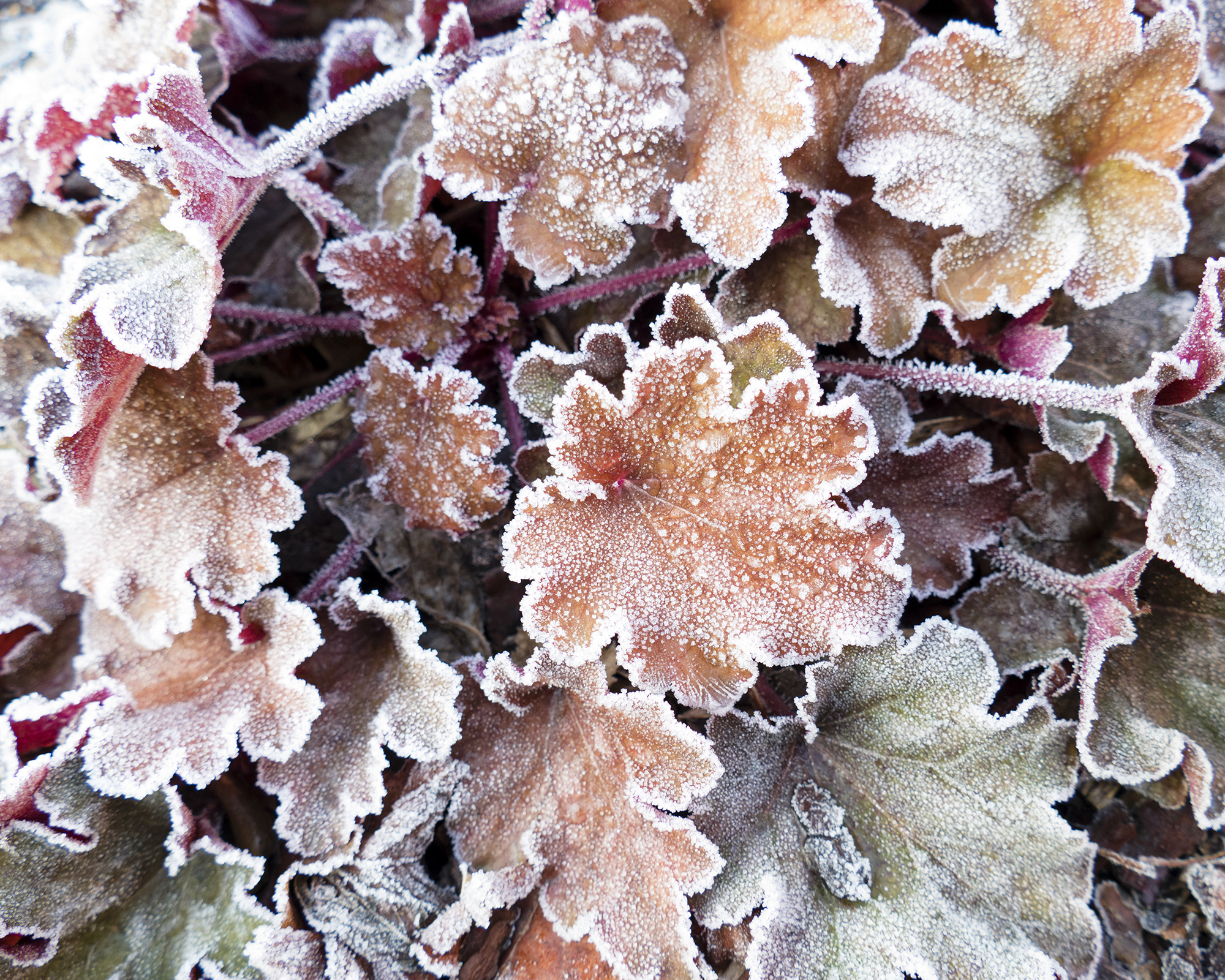
Most plants benefit from mulching in the fall however, any that rely on self sowing and require light for germination, shouldn’t be mulched. This includes wildflowers.
Succulents, Alpine plants and some herbaceous perennials like heucheras and hellebores should not be mulched in the fall.
Mediterranean herbs like oregano, thyme, and sage should not be mulched. They thrive in dry soils, and mulching around them would keep them too wet.
Ornamental grasses and grass-like plants like daylilies, iris, and liriope also react badly to mulching in the fall.
For these plants, mulching can either trap moisture leading to root rot and other fungal diseases, interfere with photosynthesis, suffocate roots or prevent seed germination.
Frequently Asked Questions
Is October too late to mulch?
October is not too late to mulch, in fact it’s actually the perfect time in most areas. You can mulch anytime early to mid-fall in colder areas that benefit from fall mulching.
Should you remove old mulch before applying new?
It depends on the type of mulch you have laid down. If the mulch you are using is inorganic or doesn't break down easily, then yes, remove it before applying new mulch. Examples of this are pine needles which take a long time to break down or grass clippings which tend to just form wet, airless mats.

Amy Grant has been gardening for 30 years and writing for 15. A professional chef and caterer, Amy's area of expertise is culinary gardening.
- Kim StoddartContent Contributor, Award-Winning Journalist, and Author